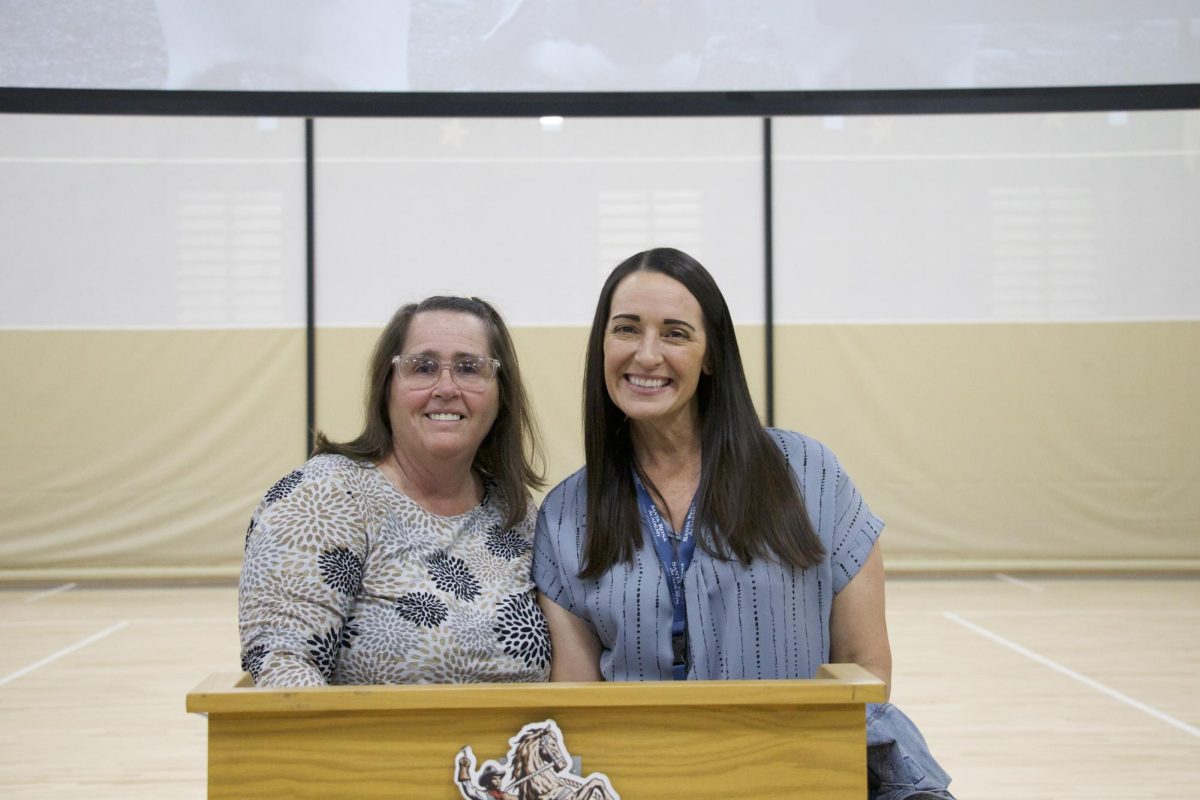When welcoming in the New Year, one-third of Americans start the year with a New Year’s Resolution—resolutions ranging from ten-minute daily walks to buying a new house or two-hundred thousand dollar car… all in the name of the “New Year”. Setting resolutions in the broad terms of “getting fit” or “getting rich” commonly come with a lack of plans and steps to reach these goals.
2024, Three hundred and sixty-five days full of endless opportunities. So the question is: “How many of these resolutions really last?” “How effective are they?”
According to OSU.edu, “Researchers suggest that only 9% of Americans that make resolutions complete them. In fact, research goes on to show that 23% of people quit their resolution by the end of the first week, and 43% quit by the end of January. “
When thinking of how one can make a New Year’s Resolution last and what kinds of resolutions are realistic it’s important to ask the people around us.
According to a few SRA student Danielle Okogho, 12th grade, New Year’s resolutions are a “mixed bag” where certain goals are much more realistic than others. She expressed that one thing to consider is that going into a New Year with a certain expectation or goal, may be unrealistic in itself as things can always unexpectedly change in the New Year. She said an example of a realistic goal is “setting a goal for a grade in a class” whereas an unrealistic goal would be “buying a 300,000 dollar car 3 months in to the New Year” Okogho said the best ways to make a goal last the New Year would be to “write it down” or “talk to a group of friends” to hold you accountable toward those goals.
Gray Lee, 9th grade SRA student, says that New Year’s resolutions are doable if the “ambition and determination is there” as well as if there is a will and want to “grind” toward a goal. She thinks that a lot of resolutions don’t last because there tends to be a stigma and trend behind creating a resolution, Lee said the likelihood of actually accomplishing a resolution would be because one is “actually driven” and wants to do make goals for “themselves”. She said an example of realistic goals for a New Year’s resolution would be goals that are extremely specific and detailed with lots of planning behind them. For example, making an application to a “specific job” in a specific time frame or “reading a specific amount of books” in a certain time frame.

After gathering opinions from a variety of high school students at Santa Rosa, it seems apparent that having a New Year’s Resolution can be an effective way to reach a goal if there are certain steps taken to accomplish such goals. It was a common trend when asking people’s opinion that there has to be a personal drive or determination one carries that motivates them daily to reach their resolutions. It was also a common belief that in order to achieve said goals one must rely on their peers to hold them accountable.
According to health.ucdavis.edu, the 7 steps to accomplishing a New Year Resolution are:
“Be picky about your resolutions”
“Plan your resolution”
“Set very specific goals”
“Don’t take on too much”
“Choose a new resolution”
“Identify accountability partners for support”
“Give your resolution time to become a habit”
Making a New Year’s Resolution is certainly a way to start the year off positive and goal-oriented. However, it is vitally important that you identify your reason and motivation for accomplishing these goals and ask yourself if the goals you’re setting are realistic. It’s important to reach out and ask for support so you are accountable for accomplishing your resolution.
https://fisher.osu.edu/blogs/leadreadtoday/why-most-new-years-resolutions-fail
https://fisher.osu.edu/blogs/leadreadtoday/blog/new-years-resolution-accountability



















